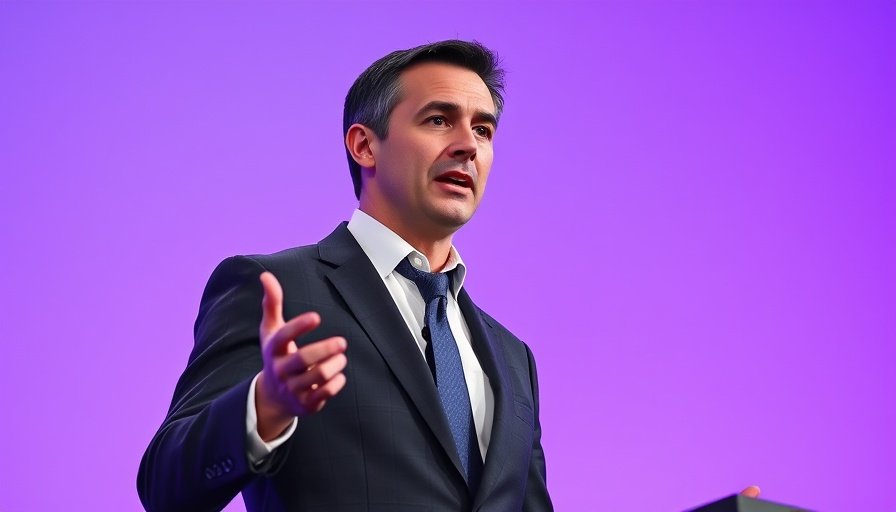
Amazon's Future Workforce in an AI Era
In a significant announcement, Amazon.com Inc. CEO Andy Jassy disclosed that the retail giant's workforce is likely to shrink in coming years due to the increasing integration of generative artificial intelligence (AI) across its operations. Jassy's memo to employees delineates a shift in employment dynamics where fewer individuals may be needed to perform tasks that AI tools can handle more efficiently. As AI continues to evolve and play a substantial role in automating routine functions, it prompts crucial questions about the future landscape of work and employee roles.
Embracing Generative AI: A Double-Edged Sword
As Jassy indicated, the prospect of AI reducing Amazon's workforce is a part of a broader corporate strategy aimed at enhancing productivity and efficiency. He articulated a vision where AI tools not only streamline operations but also elevate the nature of human work by allowing personnel to transition to more strategic and creative roles. However, this transformation is not devoid of challenges. With the introduction of AI, many employees are experiencing increased pressure to deliver results in an intensified work environment, leading to concerns about job security and the erosion of creativity in roles that are becoming increasingly mechanized.
Labor Market Trends: Global Perspectives on AI Integration
Not only is Amazon adapting its workforce in response to AI advancements, but it's part of a broader trend within the technology sector. Executives from companies such as Shopify and Klarna have echoed similar sentiments, citing that AI is becoming a fundamental expectation of job performance. Tobi Lutke, Shopify's CEO, suggested that team leaders must justify staffing requests by demonstrating an inability to leverage AI effectively. This evolution signifies a critical juncture in the labor market where traditional job roles may dwindle, reshaping workforce expectations across industries.
Proactive Adaptation: How Corporations Can Prepare
For executives and decision-makers, understanding the implications of Jassy's insights extends beyond mere workforce reduction. As organizations leverage AI tools, they must also invest in upskilling and reskilling employees. This proactive adaptation could be the difference between thriving in an AI-enhanced landscape or falling behind. Engaging in continuous learning initiatives and encouraging a culture that embraces change will be vital strategies for retaining talent and fostering innovative work environments.
Future Job Dynamics: Rethinking Roles and Responsibilities
As generative AI increasingly automates mundane tasks, it also redefines job roles within organizations. While some technical jobs may face diminished demand, new opportunities arising from AI applications will necessitate a workforce adept at leveraging technology. Jassy’s vision stresses the importance of preparing employees for roles that emphasize strategic thinking and creativity rather than repetitive tasks. Corporate leaders must lead this transformation by championing skill development initiatives and fostering an environment where AI complements human intelligence rather than replacing it.
The Emotional Impact on Employees
Finally, the emotional aspect of transitioning to AI-driven workforce models cannot be overlooked. Many employees may feel apprehensive about job security as technology advances. Transparent communication from leadership can alleviate anxiety and help cultivate a workplace culture that values human innovation alongside AI's capabilities. It is crucial for organizations to reassure their workforce that AI's purpose is to enhance human work, not to replace it entirely.
As generative AI reshuffles the workplace landscape, executives must navigate these changes with foresight and empathy. Understanding the duality of AI’s potential to enhance productivity while addressing workforce changes will be pivotal for future success.
 Add Row
Add Row  Add
Add 




Write A Comment